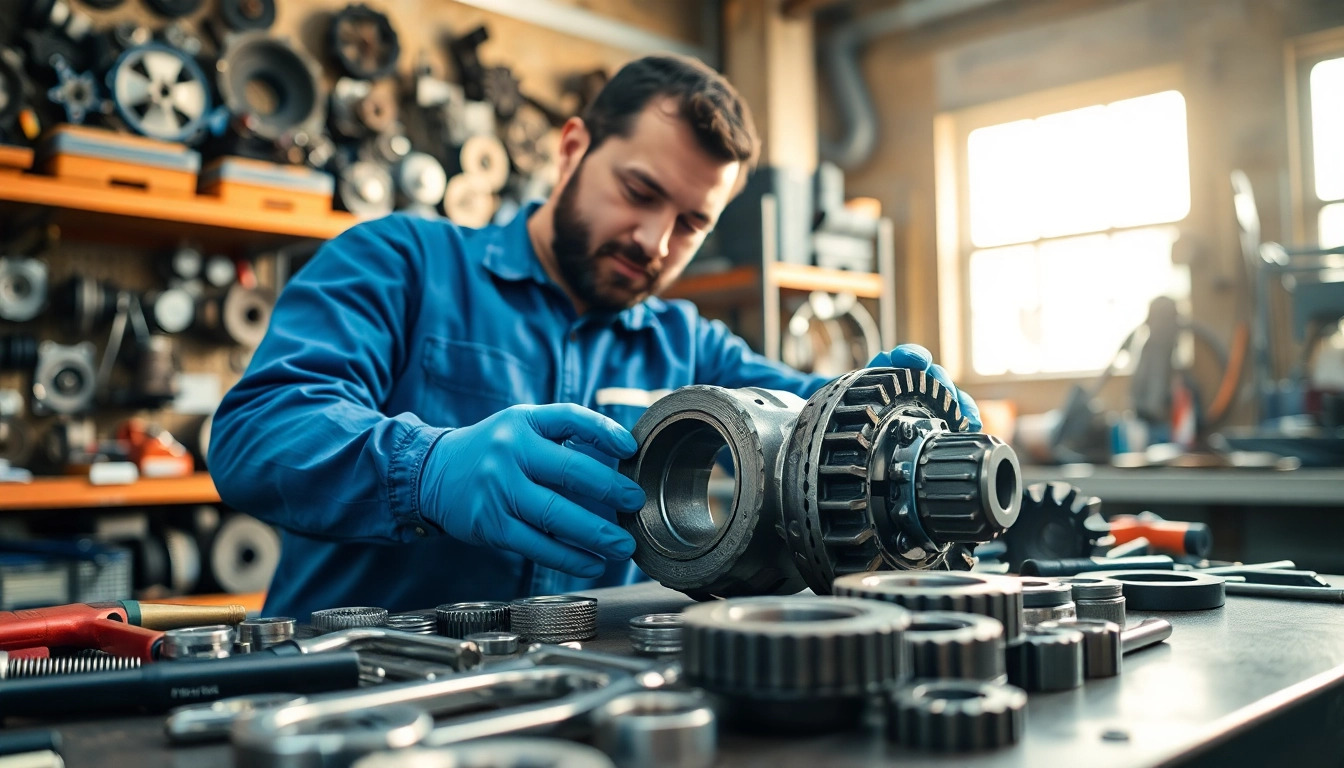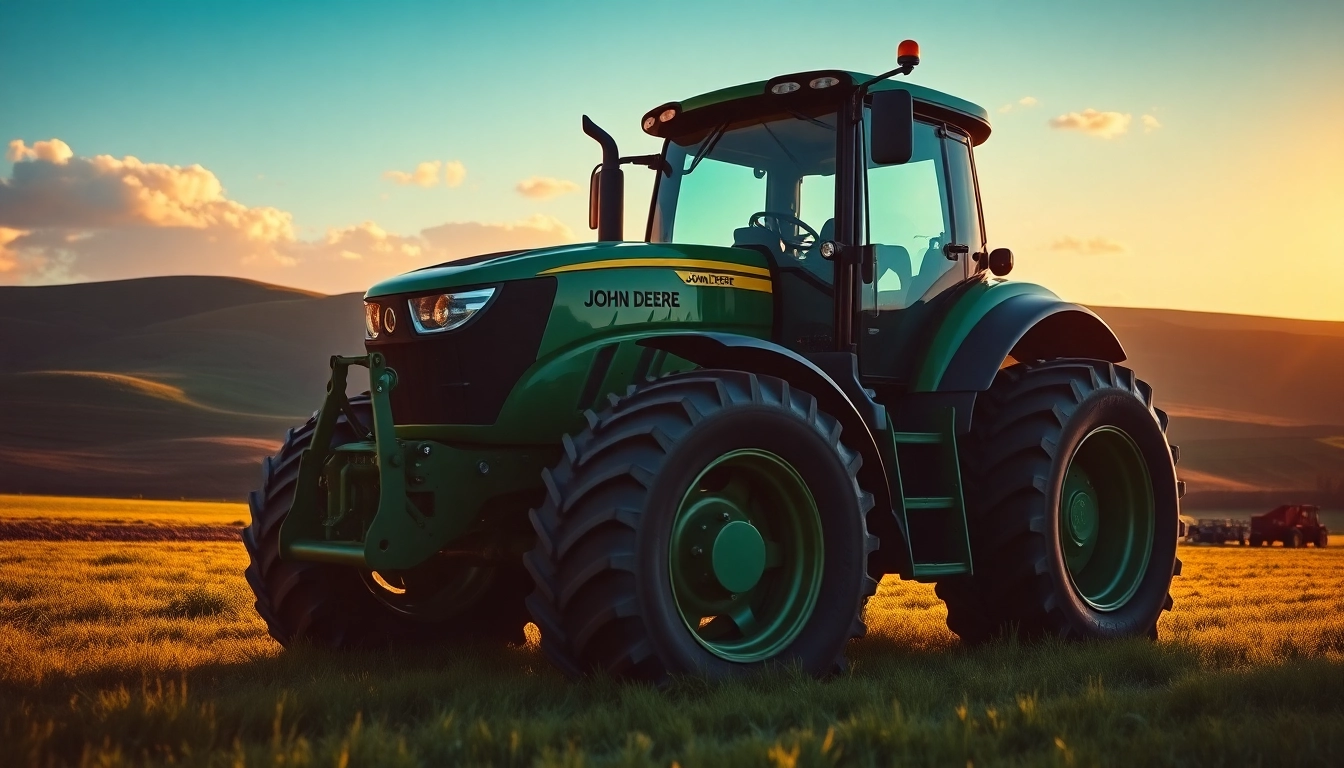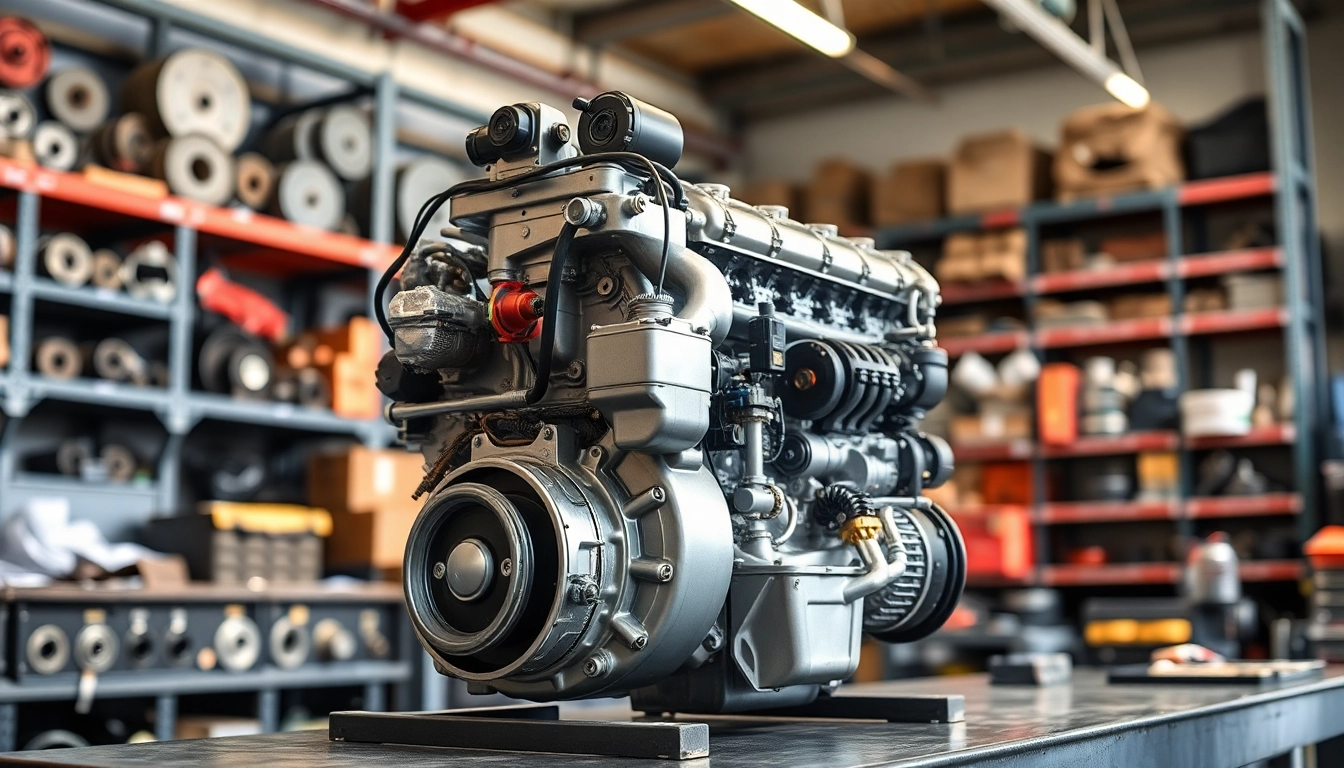Understanding Gearbox Bearings
What Are Gearbox Bearings?
Gearbox bearings are critical components in vehicles and machinery that facilitate the smooth rotation and transfer of power from the engine to the wheels or operational machinery. They support the shaft and reduce friction between moving parts, allowing for efficient and effective gear shifting. Typically made from durable materials such as steel or ceramic, these bearings are designed to withstand the harsh conditions within a gearbox, which includes high temperatures, heavy loads, and extensive vibrations.
Types of Gearbox Bearings
There are several types of gearbox bearings, each suited for different applications and designs. The most common types include:
- Ball Bearings: Commonly used in automotive gearboxes for their ability to handle both radial and axial loads.
- Cylindrical Roller Bearings: Ideal for high load applications where reduced friction is desirable.
- Tapered Roller Bearings: Used in applications requiring high radial and axial load stability, such as in truck transmissions.
- Needle Bearings: Suited for applications with size constraints where maximum load capacity is required.
Signs of Worn Out Bearings
Identifying worn out gearbox bearings early is crucial to prevent severe damage to the gearbox and ensure vehicle safety. Here are the common signs to watch out for:
- Unusual Noises: Grinding, knocking, or whining sounds may indicate that the bearings are failing.
- Vibration: Excessive vibration during operation can signal imbalances due to worn bearings.
- Gear Slippage: If the transmission struggles to shift or stays in gear, it may be due to bearing issues.
- Fluid Leaks: Oil leaks around the gearbox may suggest that the bearings have deteriorated and caused a seal failure.
Importance of Timely Gearbox Bearing Replacement
Impact on Vehicle Performance
Replacing worn-out bearings in a timely manner has a direct impact on overall vehicle performance. New bearings help maintain the precision of gear alignments, leading to smoother and more efficient transmission operation. This, in turn, enhances fuel efficiency, improves drivability, and minimizes wear on connected components.
Preventing Further Damage
When bearings begin to wear, they can create excessive friction and heat. This heat can damage nearby components, leading to costly repairs. By replacing worn bearings as soon as possible, you can prevent a minor issue from escalating into a major mechanical failure or catastrophic breakdown.
Cost-effectiveness of Early Replacement
While it may seem like an extra expense to replace bearings proactively, it saves money in the long run. The cost of gearbox bearing replacement is substantially lower than the potential costs of repairing major gearbox damage, especially when considering labor and parts associated with extensive repairs. Investing in timely replacements enhances the longevity and reliability of your vehicle.
Steps for Gearbox Bearing Replacement
Preparing Your Workspace and Tools
Before commencing with the gearbox bearing replacement, it is essential to prepare your workspace. Ensure you have sufficient lighting and a clean, organized area to work. Gather the necessary tools, which typically include:
- Socket set
- Wrenches
- Screwdrivers
- Gear pullers
- Torque wrench
- Cleaning supplies
- New bearings and seals
- Lubricants and greases suitable for gearbox applications
Removing the Old Bearings
Begin the removal process carefully. Follow these steps to ensure safe and efficient extraction of the old bearings:
- If applicable, remove any covers, shafts, or other components obstructing access to the gearbox bearings.
- Using a gear puller, carefully pull out the old bearings. Avoid excessive force, which may damage surrounding components.
- Inspect the removal area for any foreign materials or signs of damage that may need attention before installing new bearings.
- Clean the area thoroughly, removing all debris and old lubricant to ensure optimal contact for the new bearings.
Installing New Bearings Safely
Once the old bearings are removed, it’s time to install the new ones:
- Before installing new bearings, apply a light coating of lubricant on the inner race to help seat the bearings properly.
- Gently press the new bearings into their respective locations, ensuring they are properly aligned.
- Use a bearing installation tool or a soft mallet to ensure they fit snugly without causing damage to the bearing surfaces.
- Check the clearance and alignment according to manufacturer specifications.
- Reassemble any components that were removed, ensuring all connections are secure and meet the required torque specifications.
Common Challenges in Gearbox Bearing Replacement
Identifying Assembly Issues
One of the most common challenges encountered during gearbox bearing replacement is identifying assembly issues. Misalignment can lead to premature bearing failure. It is crucial to refer to service manuals or technical specifications to understand the assembly order and position of parts.
Dealing with Stubborn Components
Sometimes, old bearings or components can be stubborn and refuse to come out. If you face resistance:
- Double-check the removal process to ensure all fasteners are out.
- Utilize penetrating oil to help loosen components.
- If necessary, use heat cautiously to expand metal parts without affecting the integrity of surrounding materials.
Ensuring Proper Alignment
Proper alignment during the installation of new bearings is essential for optimal performance. Misalignment can result in uneven wear and lead to early failure. Utilize alignment tools and equipment, and reference specifications to maintain precision during installation.
Maintaining Gearbox Bearings for Longevity
Regular Inspection Practices
Routine inspections of gearbox bearings are vital for longevity. Check for unusual noises, fluid leaks, and any signs of wear or damage. Regularly scheduled services, including fluid changes, can also help maintain bearing condition.
Lubrication Techniques
Proper lubrication is key to bearing health. Use the recommended lubricants and adhere to specified intervals for re-application. Ensure that the correct amount is used—too much or too little can cause issues.
When to Seek Professional Assistance
While many individuals can perform gearbox bearing replacements on their own, there are times when it’s best to seek professional help. If you identify complex assembly issues or face challenges beyond your expertise, professionals with the right tools and experience can ensure the job is done correctly and efficiently.



